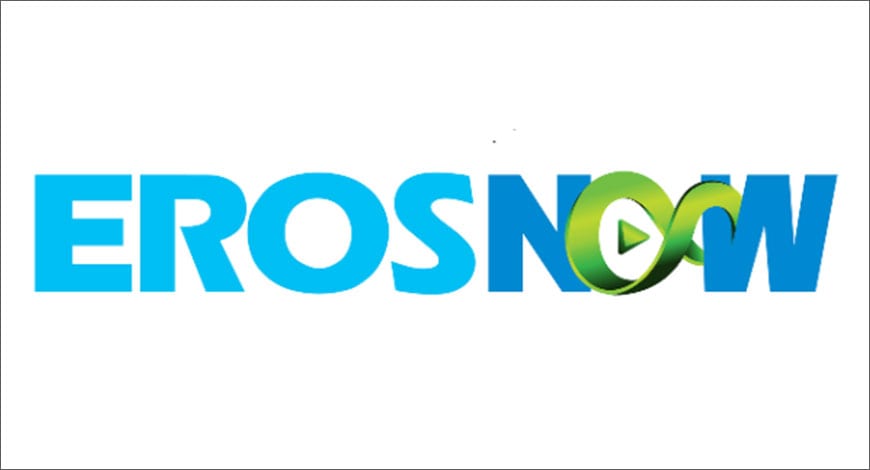In an increasingly digital world, privacy couture has emerged as a crucial part of the fashion industry. As surveillance technologies continue to evolve, so does the need for clothing that shields individuals from prying eyes. This movement, which merges the worlds of technology and fashion, offers a solution to protect our privacy in public spaces.
What is Anti-Surveillance Fashion?
Anti-surveillance fashion, also known as privacy couture, is a form of clothing designed to prevent or reduce the ability of cameras and other surveillance technologies to capture personal data. With the rise of facial recognition and tracking systems, many individuals are turning to privacy couture as a way to fight back against the omnipresent eye of surveillance. These garments and accessories offer protection by obscuring or distorting the wearer’s image, rendering them invisible or unrecognizable to digital surveillance tools.
Key Features of Anti-Surveillance Fashion
- Camouflage against facial recognition: Many anti-surveillance pieces are designed with specific patterns that confuse facial recognition software, making it difficult for the algorithms to accurately detect or identify faces.
- Reflective materials: Some garments are made with reflective fabrics that interfere with infrared cameras, overexposing the image and making it hard for the surveillance system to capture clear visuals.
- Augmented reality blockers: High-tech fabrics are being developed to block or distort images that augmented reality systems rely on, ensuring that wearers remain undetectable in the digital realm.
The Evolution of Privacy Couture
The concept of anti-surveillance fashion is not new. It has roots in the civil liberties movements, where privacy advocates sought ways to subvert state-sponsored monitoring. However, as surveillance technologies have grown more sophisticated, so too has the innovation in this fashion niche.
Today, privacy couture is a thriving sector, fueled by the increasing demand for personal privacy in a world dominated by data harvesting. From hoodies that distort facial recognition to sunglasses that reflect infrared light, designers are continually finding new ways to integrate privacy-enhancing technologies into everyday wear.
Why is Anti-Surveillance Fashion Important?
With the growing concerns about personal data collection and the misuse of personal information, anti-surveillance fashion serves as a protective measure against invasive monitoring. Governments and corporations are using technologies like facial recognition, thermal imaging, and geolocation tracking to monitor individuals in ways that can infringe upon privacy rights.
Fighting Back Against Unwanted Surveillance
The key advantage of privacy couture is that it empowers individuals to take control of their privacy. In public spaces, it’s almost impossible to avoid surveillance cameras, many of which use AI-driven technologies to track and store personal information. With privacy couture, wearers can reduce their digital footprint and maintain a level of anonymity.
- Personal freedom: Wearing an anti-surveillance fashion is a way to reclaim autonomy over one’s personal data and presence in public spaces.
- Reducing data exploitation: Corporations and governments often collect data to profit from it. Privacy couture helps individuals avoid becoming unwitting participants in this economy of surveillance.
The Technologies Behind Privacy Couture
Anti-surveillance fashion relies on several innovative technologies to function effectively. These technologies are key to disrupting the capabilities of modern surveillance systems.
Pattern Disruption
One of the most popular features in privacy couture is pattern disruption. These patterns are designed to confuse and disrupt facial recognition algorithms by breaking up the shapes and proportions that the AI relies on to identify individuals. Pattern disruption is commonly used in hats, scarves, and hoodies, offering simple yet effective protection.
Reflective Surfaces
Another common element in anti-surveillance clothing is the use of reflective materials. These materials are particularly effective against infrared cameras, which are often used in night vision surveillance. The reflection causes the camera to capture overexposed images, preventing the identification of the wearer.
Thermal Masking
Thermal cameras, which detect heat signatures, are another form of surveillance that privacy couture seeks to combat. Some clothing items are now equipped with thermal-blocking fabrics, which mask the body’s heat signature, making it much harder for thermal cameras to detect and track individuals.
Popular Anti-Surveillance Fashion Brands
Several brands have emerged as leaders in the privacy couture movement, offering stylish and functional clothing designed to protect against modern surveillance technologies.
Ceylon
A pioneer in the anti-surveillance fashion world, Ceylon produces garments that blend high-fashion aesthetics with privacy functionality. Their products, ranging from hoodies to jackets, are known for their ability to obscure the wearer’s image while still remaining fashionable.
CHBL Jammer Coat
The CHBL Jammer Coat is a wearable device that blocks radio frequency identification (RFID) signals, preventing anyone from tracking your phone or passport. This brand combines high-tech functionality with minimalist design, appealing to those who prioritize privacy but don’t want to compromise on style.
Challenges in Anti-Surveillance Fashion
Despite the rapid advancements in privacy couture, there are still challenges that the industry faces. Some of these include:
- Cost: Many anti-surveillance garments can be expensive, making them inaccessible to the general public.
- Effectiveness: As surveillance technology evolves, so too must privacy couture. Keeping up with the latest surveillance trends and developing new methods to combat them can be difficult and costly.
- Legal issues: In some countries, wearing clothing designed to obscure one’s identity may be seen as a security threat, leading to potential legal consequences.
The Future of Privacy Couture
As technology continues to advance, the demand for anti-surveillance fashion is expected to grow. With increasing concerns about data privacy, identity theft, and government surveillance, consumers are seeking out more ways to protect their personal information. Designers are responding to this demand by creating new and innovative solutions that merge fashion with privacy technology.
Growing Interest in Privacy Rights
Privacy couture is likely to become even more relevant as discussions around privacy rights gain traction. As surveillance continues to increase in both public and private spaces, the desire for personal autonomy will fuel the development of more advanced privacy clothing.
Integration with Wearable Tech
The future of privacy couture may also see more integration with wearable technology. From jackets equipped with signal-blocking technology to hats that scramble digital images, wearable tech will likely play a larger role in the anti-surveillance fashion movement.
Conclusion
In an age where our personal data is constantly at risk, anti-surveillance fashion offers a way to reclaim control over our privacy. The blending of fashion with technology has given rise to innovative solutions that protect individuals from the pervasive surveillance systems that dominate public spaces. As the world becomes more connected, the need for privacy couture will only grow, ensuring that the movement continues to evolve and offer new ways to stay out of sight.




